Biceps Brachii Muscle
Introduction
The Biceps Brachii is one of the muscles of the anterior compartment of the arm. It is better known as the biceps. This is the same, thick, fleshy muscle that bodybuilders or gymgoers flaunt while flexing their elbows.
The muscle gets its name because of the presence of two heads. The term bi means two and ceps mean head. The short head is on the inner side of the ventral arm and the long head is on the outer side of the arm. The Biceps muscle stretches along both the shoulder and elbow joints and thus is responsible for movement across both joints.
Origin of the Biceps Brachii Muscle
As mentioned earlier, the biceps have two heads, a short head and a long head. The short head originates from the tip of the coracoid process of the scapula, alongside the tendon of coracobrachialis. The long head arises from the supra-glenoid tubercule within the capsule of the scapula. Though the origin is intracapsular, the head remains in extra-synovial space by taking a sharp turn at the humeral end and continuing downward in the bicipital groove. This course of the biceps is secured by the ligaments in the capsular area.
It is estimated that about 25-30% of people have some degree of changes in the origin of the biceps muscle. In about 3-5% of the adult population, an extra head may originate from the humerus. And in some rare cases, multiple heads might be seen.
Insertion of the Biceps Brachii Muscle
The short and long heads of the biceps join together in the anterior distal one-third of the arm. This forms a fleshy belly which ends in a tendon and forms bicipital aponeurosis. the bicipital aponeurosis inserts itself in the radial tuberosity of the radius, blending in with the fascia of the forearm.
Nerve Supply
The biceps brachii muscle is supplied by the musculocutaneous nerve, which is the terminal branch of the lateral cord of the brachial plexus, with the nerve root C5-C7
Blood Supply
The blood supply of the biceps is through the brachial artery.
The function of the Biceps Brachii Muscle
- The important function of the biceps is the bending of the outward motion of the forearm. This movement is made possible by 90-degree rotation of the muscle as it connects to the radius, one of the bones of the forearm.
the biceps is the most powerful flexor of the forearm when the elbow is extended. - It is also a strong supinator of the forearm when the elbow is flexed. This movement comes in great use when the screwing movements are done.
- The biceps are not the most powerful flexor of the forearm in other positions. Rather it works as a stabiliser and supports the stronger brachialis muscle while lifting or lowering weights.
- The biceps also minimally aid in lifting the arm or shoulder flexion.
Biceps as the helper
- Along with the brachialis and brachioradialis, it bends the elbow.
- Along with coracobrachialis and anterior deltoid aid in shoulder flexion.
- Along with the supinator muscle, causes supination of the forearm.
Palpation of the Biceps Brachii Muscle
The biceps muscle is fairly large and easy to palpate.
How To Palpate
- Ask the subject/patient/client to either sit or lay down comfortably.
- Ask them to lay their hand on the sides with palms facing up. If sitting, place a pillow on the table or the next nearby flat surface and ask the person to keep the hand on it with the palm facing up.
- Once comfortably sat, ask the person to bend the elbow.
- The therapist or the person wanting to feel the muscle should keep their hands on the front and medial side of the arm.
- When the person flexes the elbow, one can feel the muscle belly.
- If not thoroughly felt, repeat the same with resistive elbow bending.
Clinical Importance of the Biceps Brachii Muscle
The biceps muscle has very important clinical value. It is necessary for a lot of days to day activities and playing sports involving throwing and screwing the objects.
The biceps reflex is kind of a gold standard to measure the integrity of the C5 and C6 motor nerve roots.
Biceps Reflex
- To check the reflex, the patient is comfortably sat on a chair with the forearm on the table, palm facing up.
- The examiner, without the conscious knowledge of the patient, lightly taps the biceps tendon just below the groove of the elbow joint.
- The typical reaction to this should be a reflexive shortening of biceps muscle and jerky, almost as if bending the elbow movement of the forearm.
- The Reflex is graded from 0-4, with 0 being no movement to 4 being highly exaggerated movement.
- Typically no or diminished movement is seen in Lower Motor Neuron Lesions and exaggerated movement is seen in Upper Motor Neuron Lesions.
Associated Conditions of the Biceps Brachii Muscle
The Biceps muscle is involved in a lot of day-to-day activities and is recruited by athletes and commoners while performing various sports such as throwing, catching, playing racquetball, etc. As such, the biceps are often injured. Now more commonly due to faulty gym postures than playing sports. A few of the common injuries related to Biceps include,
Biceps Strains
- Is a condition where the muscle is either overstretched or pulled.
- This might lead to micro-tears of muscle fibers and tendons.
- Usually happens when performing jerky movements or pulling weights wrong.
- If the injury is minor, it can be resolved within a week with proper rest.
- Ice packs can be used to try and control the selling.
- Over-the-counter painkillers can be used to ease the pain.
Biceps Tendinitis
- It is the inflammation of the tendon or the insertion point of the muscle.
- This may have happened due to sudden twisting movement or due to repeated activities.
- It leads to swelling over the elbow joint causing discomfort in not only the muscle but the joint as well.
- The swelling coupled with pain may lead to a decreased range of movement.
- This can be treated conservatively with ice packs and painkillers, followed by supination and flexion of the elbow once the pain is reduced.
Biceps Tendon Tear
There can either be a partial tendon tear or a complete tendon tear.
- In partial tendon tear, the tendons either at the point of origin or insertion might be involved.
- This leads to pain, swelling, and a palpable bump at the location of the injury.
- The two main causes of this include aging or wear and tear due to repetitive use.
- In a complete tendon tear, the tendon detaches from the site.
- Is found more commonly in the Scapular area than in the elbow.
- Is said to happen in case of violent attacks or trauma.
- The tendon is said to rupture with an audible pop sound and the arms look like the cartoon character Popeye with its significant arm bulge.
- The condition is accompanied by unfathomable pain followed by loss of arm strength.
- This is usually resolved through surgery and is followed by intensive rehabilitation protocol.
Special Test to Determine Biceps Brachii Pathology
There are various special tests to check the various pathologies of the biceps muscle. They include,
Speed’s Test
- Is used to find the problem in the biceps tendon.
- To perform this test, the patient is asked to sit or stand with their elbow extended, palm facing up, and the shoulder joint at 45-50 degrees of flexion.
- From here, the patient is then asked to raise their arm against the force applied by the examiner over the ventral side of the forearm.
- The test is considered positive if this produces pain over the biceps muscle or tendon.
Yergasons Test
- Is used to determine biceps tendon pathology or SLAP lesions.
- In this test, the patient is asked to either sit or stand comfortably, with arms hanging by their sides..
- The patient is then asked to bend the elbow perpendicular to the ground, palm facing down.
- The examiner wraps their fingers around the patient’s mid-forearm.
- The patient is then asked to rotate the forearm outwards, such that the palm is facing up, under the resistance provided by the examiner.
- The test is considered positive if the pain is felt over the bicipital groove or biceps muscle.
Ludington’s Test
- Is used to determine either tendon rupture or tendon ailment.
- The patient is sitting comfortably on a chair or stool.
- The examiner stands behind the patient, facing their back.
- The patient is then asked to bring both of his hands behind their head, kind of like while getting arrested by the police.
- The examiner palpates the long head of the biceps tendon.
- Once the tendon is palpated, the patient is asked to contract the biceps of the good side followed by the affected one.
- The test is considered positive if the examiner can not feel the contraction of the biceps muscle.
Treatment Options for the Biceps Brachii Muscle
Depending on the severity of the injury, the treatment options may vary. In case the injury is of Grade 1 or 2, conservative management including,
- Physiotherapy treatment
- Non-steroidal anti-inflammatory drugs (NSAIDs)
- RICE protocol {Rest, Ice, Compress, Elevation
- Stretching exercises, followed by strengthening exercises in pain-free mode
- Hot or Cold Packs.
Depending on the severity of the injury, it may take somewhere between 1-2 weeks to heal completely depending upon the injury.
In the case of Grade 3 or 4 injuries, sometimes a surgical approach is used along with the conservative methods. The surgery is then followed by the post-rehab phase which might take somewhere between 2-3 weeks. This includes ROM exercises, followed by strengthening exercises like isometric contraction or weighted exercises.
FAQs
What is the origin and insertion of the biceps brachii muscle?
The supraglenoid tubercle of the scapula serves as the origin of the long head of the biceps brachii, while the coracoid process serves as the origin of the short head of the biceps brachii. Both heads merge to form a single muscle belly that inserts into the radial tuberosity and the fascia of the forearm via the bicipital aponeurosis.
Where are biceps muscles used?
The biceps brachii is used in lifting and pulling motions because it bends the forearm in the direction of the upper arm. Additionally, it supinates the forearm, turning the palm up or outward.
What is the action of biceps brachii?
Along with the brachialis and brachioradialis, it is one of three muscles that flex the elbow. It is also one of two muscles that supinate the forearm (with supinator) and one of three that flex the shoulder (with coracobrachialis and anterior deltoid).
Why is it called biceps?
The meaning of “two-headed [muscle] of the arm” refers to the fact that the biceps brachii muscle is made up of two bundles of muscle, each having its own origin and a shared insertion site close to the elbow joint.

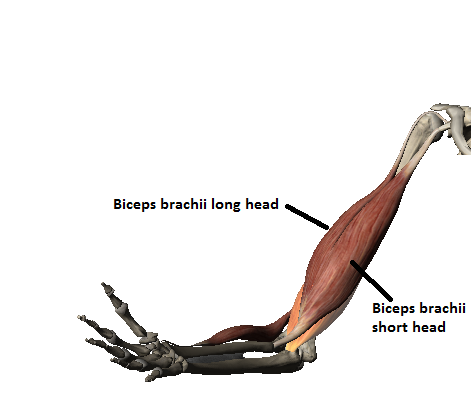
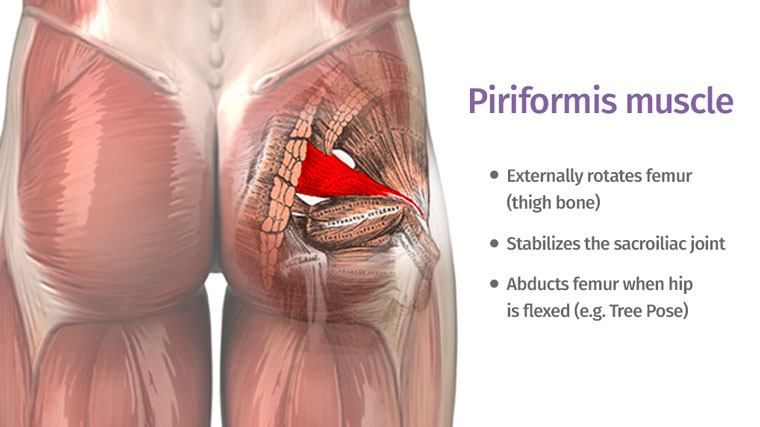
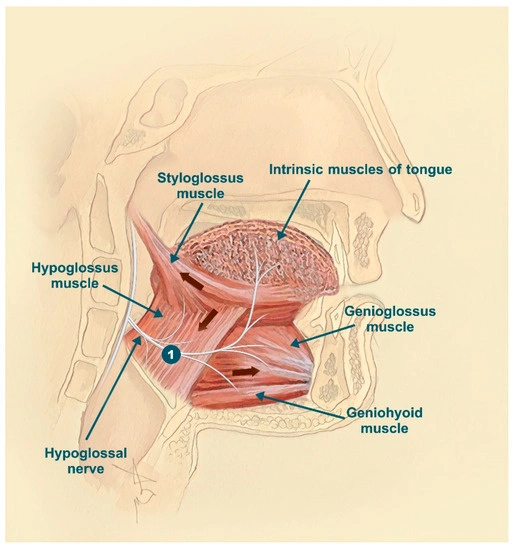

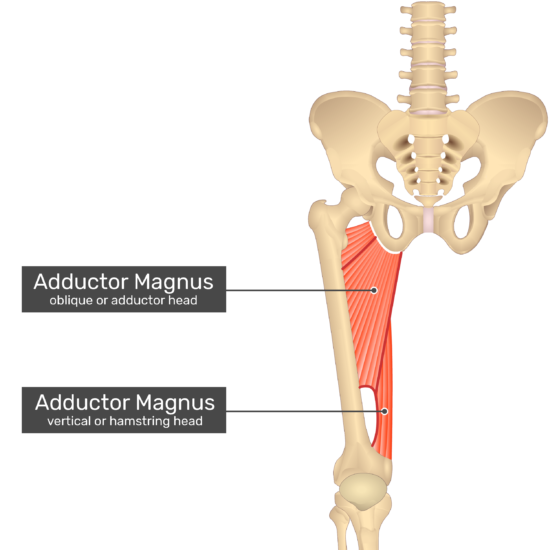
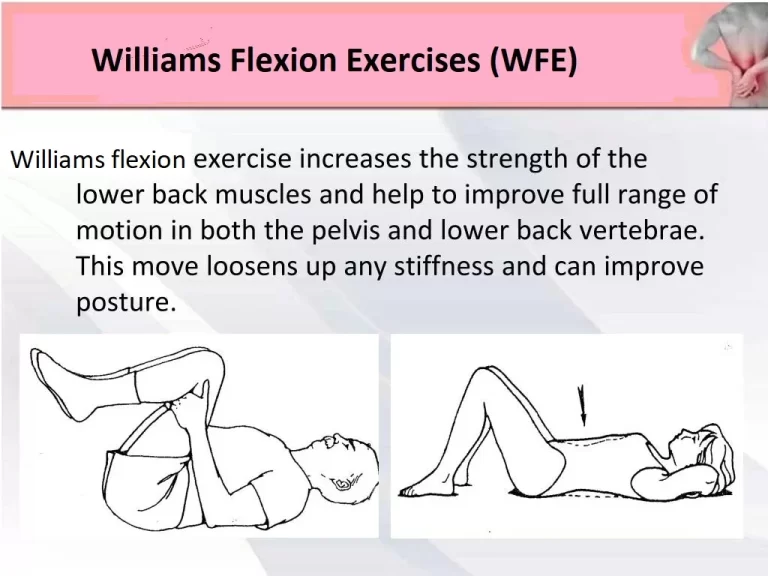
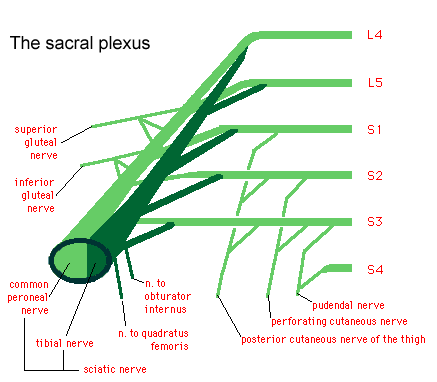
17 Comments